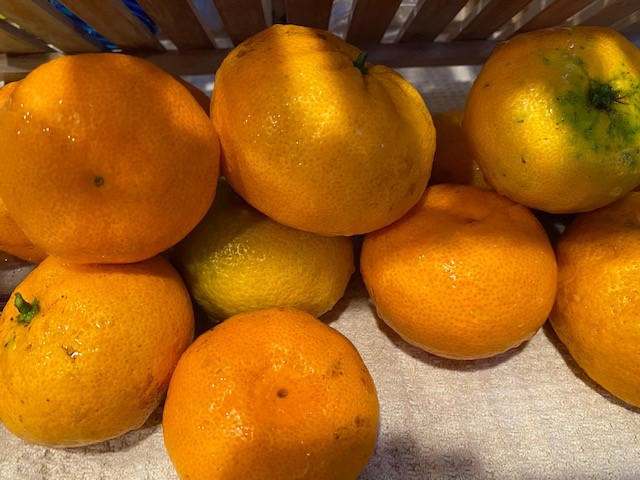

Clementine flesh is extremely juicy and easily separate into segments. The rind is smooth, with tiny almost imperceptible indentations, and visibly glossy, but easy to peel which contributes to the appeal of the citrus variety. Varieties such as the Corsica clementine (Clémentine de Corse), the Calabria clementine (Clementine di Calabria) and Gulf of Taranto clementine (Clementine del Golfo di Tarante) are protected under European Union law and labeled as PGI (Protected Geographical Indication) agricultural products.Ĭlementines are small to medium-sized, orange-like citrus fruit with a deep orange rind and flesh and slightly oblate shape. There are two major types of clementine varieties: seedless and with seeds. Clementines are a type of tangor which represents a class of mandarin and sweet orange hybrids. The scientific name for clementines is Citrus clementina. What are clementines?Ĭlementines, also known as clementine oranges or clementine mandarins, are not actual oranges or mandarins, but a cross between the sweet orange and the mandarin, or mandarine. Eating clementines is good for high blood pressure and pregnant women and, as a low GI food, even diabetics can eat them.

Vitamin C and hesperidin in clementines are anti-inflammatory and protect cardiovascular health.

In terms of nutrition, the fruit is a good source of vitamin C which boosts collagen production in the skin for better skin elasticity and fewer wrinkles. Clementines are a variety of mandarin orange in full season in December and one of the healthiest winter foods you can eat.


 0 kommentar(er)
0 kommentar(er)
